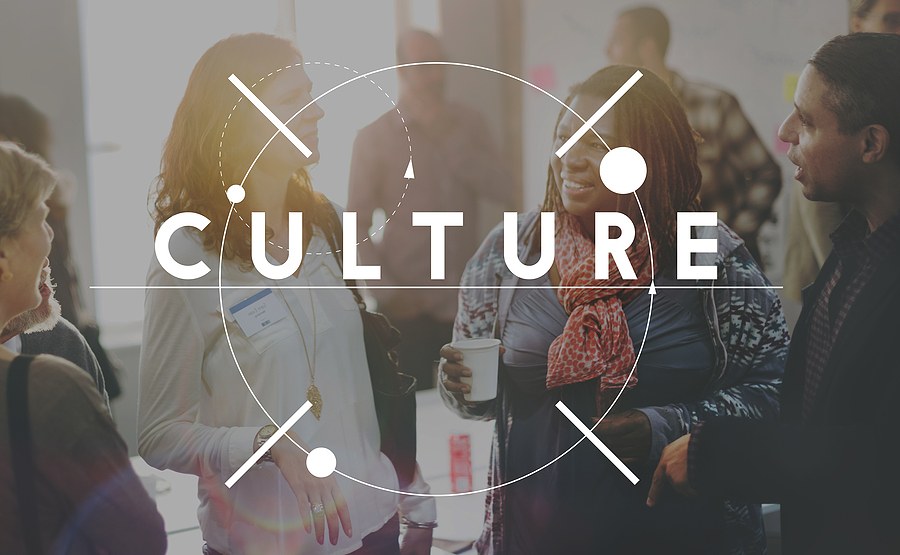Culture is built on practiced values of the collective of a team or organization. Leaders have an impact and influence culture. Culture is dynamic and impacted by all team members and the systems with which they interact. Leaders have impact based on their own behaviours that do or do not exemplify organizational values and culture. These can be positive or negative based on whether or not they support the organizational values and culture. Leaders can also have impact through rewarding and creating systems that support the practice of desired values.
Know your values
Positive impact leaders and the leadership teams need to know and practice their own values. This gives people in the organization a sense of stability, seeing leaders walk their talk, consistently act in accordance with their values, and make decisions based on those values. This forms a solid foundation, trust and credibility – leaders that people are willing and happy to work with. It is demonstrating the clear practice of your values that directly creates positive impact.
Contact us to gain clarity about values and how you can clarify yours.
Understand the importance of clarity
Clarity for others is key. They need to know what is expected in terms of behaviour. They need to see leadership enacting these same behaviours consistently and with purpose.
Find the gaps
The leadership team then further benefits from understanding the practiced values of their team members. What is important to them? Where is there alignment? Where are their gaps? People need to know what they are doing well that is in alignment with expectations. Determining ways to reward the desired behaviours that align with the desired culture is beneficial and supports growth in practice of those behaviours. Finding ways of closing gaps is also important. Gaps may show up as undesired behaviours. However, sometimes they show up not because people don’t want to demonstrate those behaviors, but because of outdated processes, procedures, rules, or systems that are getting in the way. Positive impact leaders support alignment and find ways of mitigating related barriers.
Model expected behaviours
How are you modeling expected behaviours? How are you sharing and rewarding expected behaviors? How are you creating ways for your team to align, easing barriers that are getting in the way? How are you encouraging others to understand and display their own values, especially where they are aligned with the organizational values? What awareness are you bringing to the importance of practiced values, especially as it relates to leading with and creating positive impact?
Some examples:
- If you expect people to be solutions-oriented, how do you respond to their ideas? What impact is your response having?
- If you expect people to be transparent, how do you respond to things they are open about that you fear or don’t want to hear? What impact does that have?
- If you expect people to be customer-centred, have you created or adapted the rules and procedures to enable them to do be flexible or are they worried that being flexible will be breaking the rules and cause problems for their career trajectory?
I encourage you to set a time with us to take and have a complimentary 45-minute debrief session of a personal values assessment.
Yours in creating Positive Impact,
Jamie

